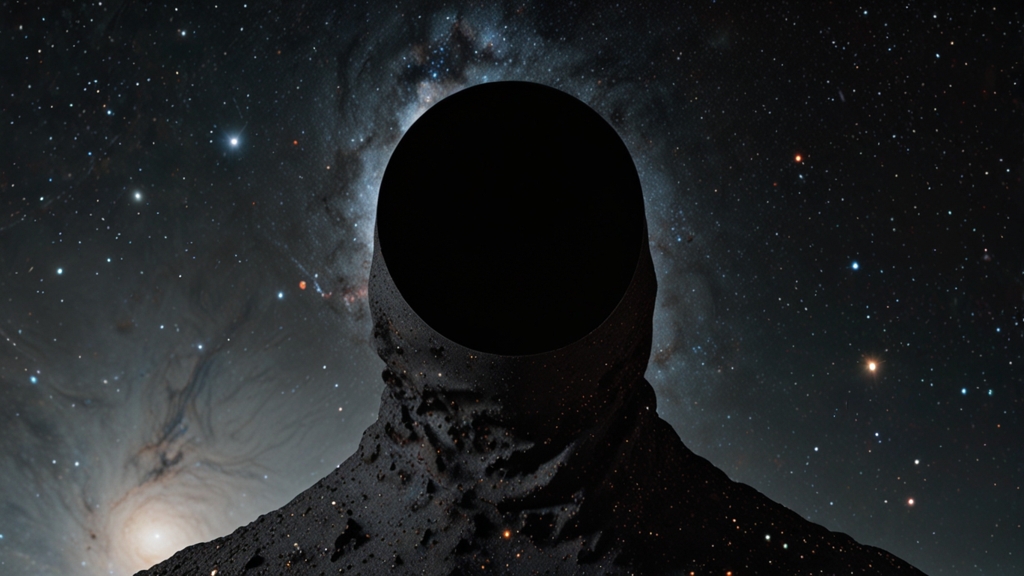Exploring the Enigma of String Theory: A Revolutionary Idea
String theory is one of the most fascinating and complex ideas to emerge from the field of theoretical physics. It proposes an elegant framework that attempts to reconcile the seemingly incompatible theories of general relativity and quantum mechanics. This revolutionary idea has profound implications for our understanding of the universe, suggesting that all particles and forces are manifestations of tiny, vibrating strings.
The Origins of String Theory
The seeds of string theory were sown in the late 1960s and early 1970s when physicists were trying to understand the strong nuclear force. Initially, it was seen as a theory of hadrons—particles such as protons and neutrons. However, it quickly became apparent that string theory had the potential to explain much more. By the 1980s, researchers realized that it could be a candidate for the elusive "theory of everything," a single, cohesive framework explaining all fundamental forces and particles in the universe.
The Basic Premise
At its core, string theory posits that the fundamental constituents of the universe are not point-like particles, but rather tiny, one-dimensional "strings" that can oscillate in different modes. Each mode of vibration corresponds to a different particle. For example, one mode might represent an electron, while another could correspond to a photon.
"String theory suggests that particles are not zero-dimensional points, but one-dimensional objects, which can propagate through space and interact with each other in a way that avoids the singularities of conventional quantum field theory." — Dr. Edward Witten, Theoretical Physicist
Dimensions Beyond Perception
One of the most mind-boggling aspects of string theory is its requirement for extra dimensions. While our everyday reality is confined to three spatial dimensions and one-time dimension, string theory suggests the existence of additional dimensions, often hidden or compactified in complex ways. The most popular version of string theory, known as M-theory, requires 11 dimensions.
"The idea of extra dimensions is not just a mathematical curiosity; it fundamentally alters our understanding of the universe and our place within it." — Dr. Lisa Randall, Physicist and Author
Challenges and Criticisms
Despite its elegance and potential to unify physics, string theory is not without its challenges and criticisms. One significant issue is the lack of definitive experimental evidence. The scales at which string theory operates are so small that current technology is unable to observe the predicted strings directly. This has led some to argue that string theory is more of a mathematical framework than a physical theory.
Furthermore, string theory's vast landscape of possible solutions—often referred to as the "string theory landscape"—has led to debates about its predictive power. With potentially infinite solutions corresponding to different possible universes, some physicists question whether string theory can provide concrete, testable predictions about our universe.
The Quest for Unification
Despite these hurdles, string theory continues to be a fertile ground for research and has spawned numerous breakthroughs in both physics and mathematics. It has provided new insights into black holes, quantum gravity, and the fundamental nature of spacetime. Moreover, it remains one of the most promising avenues for achieving the long-sought unification of all fundamental forces.
"String theory remains our best hope for a unified theory of all fundamental interactions. It has opened new mathematical vistas and altered our conception of space and time." — Dr. Brian Greene, Physicist and Author
Conclusion
The enigma of string theory lies in its ability to stretch our imaginations and challenge our understanding of the universe. While it remains a highly speculative and theoretical framework, its revolutionary ideas have the potential to unravel the deepest mysteries of existence. As research progresses and technology advances, we may one day find concrete evidence that either confirms or refutes this extraordinary theory. Until then, string theory continues to spark curiosity and drive the quest for knowledge in the realm of fundamental physics.






